|
|
|
|
|
|
|
|
Photo Gallery for Plethodon yonahlossee - Yonahlossee Salamander
| 18 photos are shown. |
 | Recorded by: B. Bockhahn
Ashe Co. |  | Recorded by: B. Bockhahn
Ashe Co.
Comment: An unusual color form that lacks the typical reddish coloration of yonahlossee. |
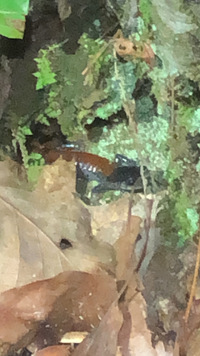 | Recorded by: B. Bockhahn, J. Thomson
Buncombe Co. | 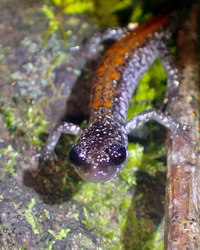 | Recorded by: tom ward
Buncombe Co. |
 | Recorded by: tom ward
Buncombe Co. | 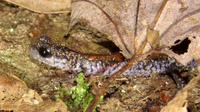 | Recorded by: tom ward
Buncombe Co. |
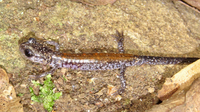 | Recorded by: tom ward
Buncombe Co. |  | Recorded by: tom ward
Buncombe Co. |
 | Recorded by: tom ward
Buncombe Co. |  | Recorded by: tom ward
Buncombe Co. |
 | Recorded by: tom ward
Buncombe Co. |  | Recorded by: tom ward
Buncombe Co. |
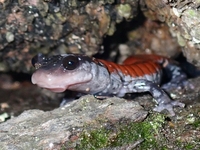 | Recorded by: tom ward
Buncombe Co. | 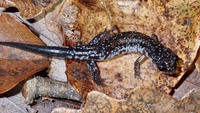 | Recorded by: tom ward
Buncombe Co. |
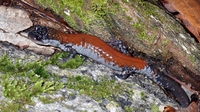 | Recorded by: tom ward
Buncombe Co. |  | Recorded by: Jim Petranka
Buncombe Co. |
 | Recorded by: Jim Petranka
Buncombe Co. | 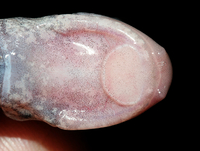 | Recorded by: Jim Petranka
Buncombe Co. |
|
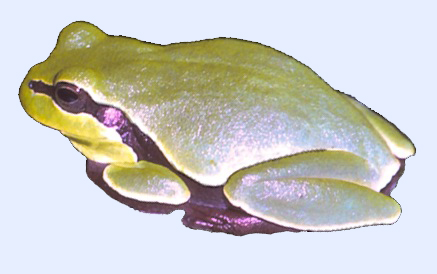
 »
»




 »
»


